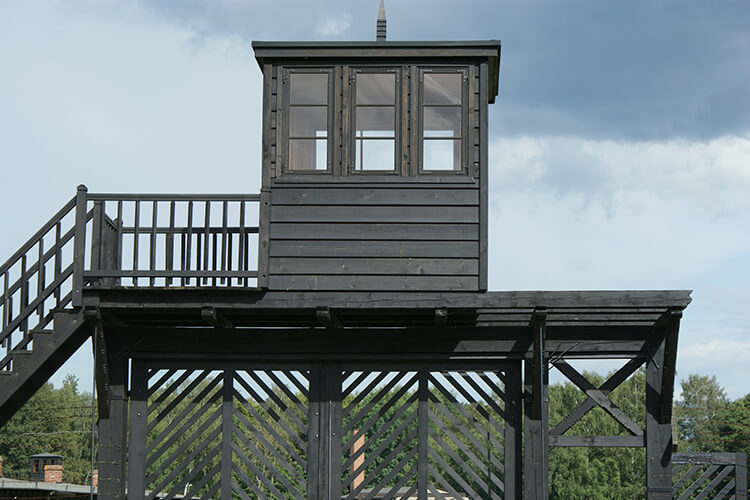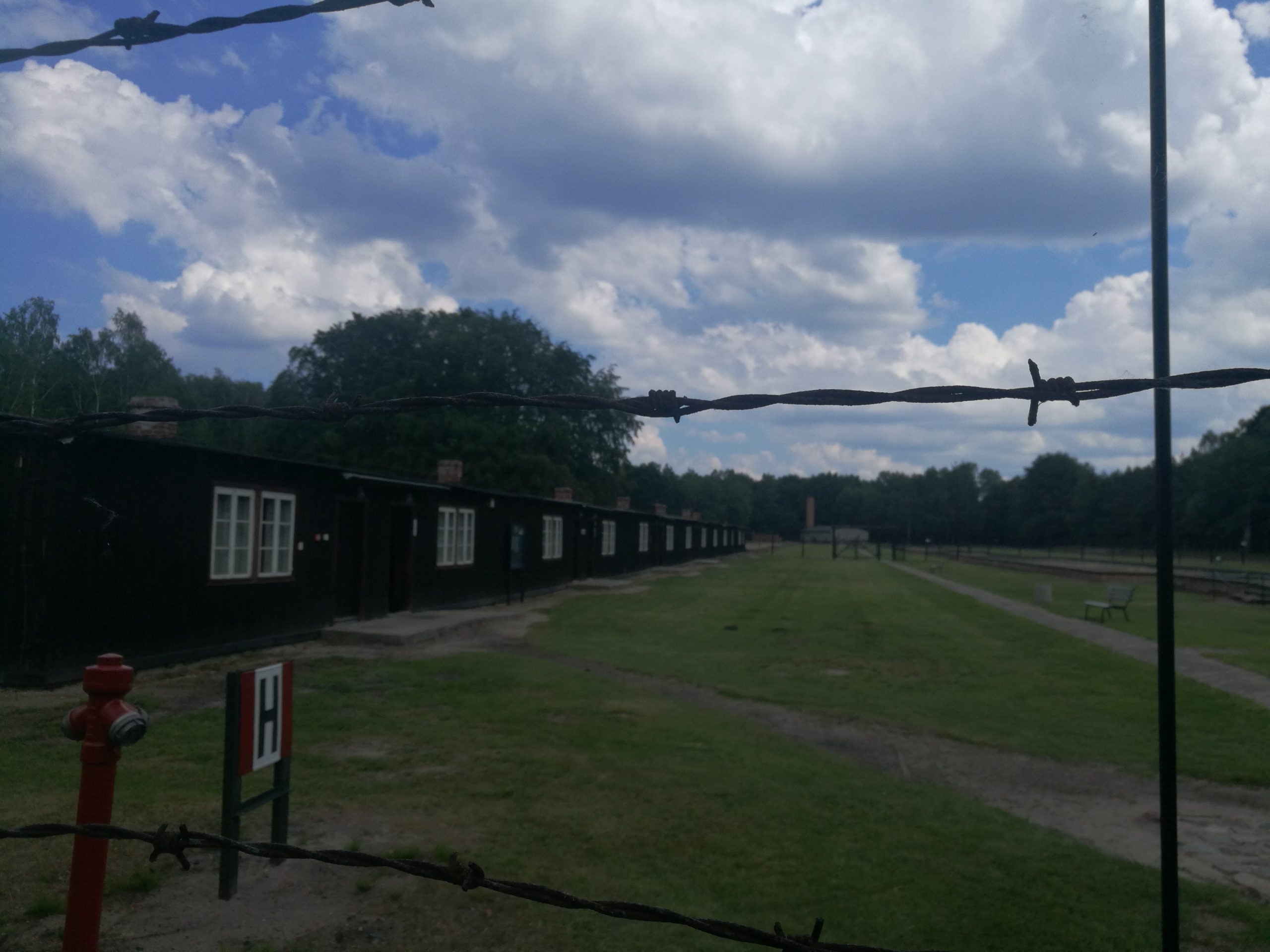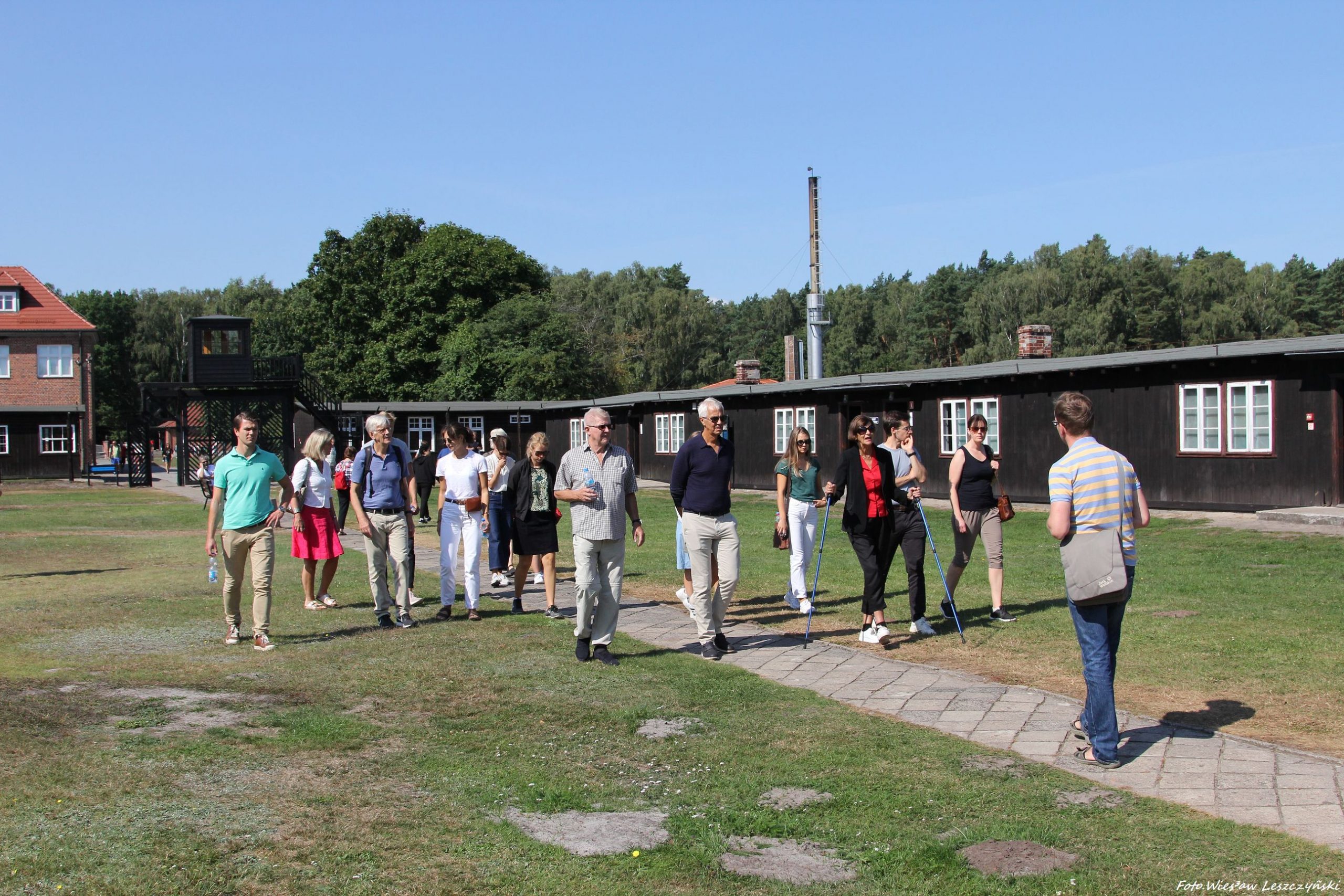
Stutthof concentration camp
KZ Stutthof was a Nazi concentration camp built east of the city of DANZIG / Gdansk. Stutthof concentration camp was the first German camp set up outside German borders in WW2.
Stutthof concentration camp.
Location: 40 km east of the city of Gdansk and 1 km south of Baltic Sea. The camp has been established as a part of Nazi genocidial policy against Poles lived in Danzig area. Stutthof was established od the 2nd September 1939 by Albert Forster, NAZI leader in The Free City of Danzig, and one of the closest Hitler friends.
Between 1939 and summer 1942 almost only Polish innmates was been inprisoned in Stutthof. Number of Jewish innmates in Stutthof concentration camp was 5% untill 1942. Since June 1940 first female prisoners has been deported to Stutthof.
At least 110 000 people were deported to the camp between 1939 and 1945. More than 50% prisoners died as a result of starvation, epidemics, torture, gas chamber, brutal ecvacuations and extreme labour conditions.
The camp was enlarged in 1943-1944. In 38 wooden barracks lived thousands innmates from whole Europe. Stutthof concentration camp was also surrounded by electrified barbed-wire fence.
SS-offcers never get tired of repeating it: The only way out of here is through the chimney of the crematorium.

In 1942 the camp was enlarged. After the new camp was erected the capacity increased from 4 thousand to approx. 25,000 prisoners in the camp. In addition, there were just as many prisoners in over 40 subcamps located in Danzig, Konigsberg and many other cities in Danzig area and Western Prussia.
The gas chamber in the Stutthof concentration camp was erected in 1943 to disinfect clothing. Between July and November 1944, newly arrived Jewish prisoners were gassed in gas chambers.

„The first night in Stutthof I will never forget. Two thin, hideous woolen blankets with dirt stains everywhere were the bedding. We lay together and froze so we gritted our teeth – a long and horrible night”
S.M.Olsen, Inside the Gestapo wall – and the journey home from there. Based on diary notes by Enok Johan Bærland.
On the 25th of January 1945 has begun the death march. More than 30,000 prisoners from Stutthof’s main camp and subcamps were sent on the death march to West Prussia. This march was a tragic and painful experience. Less than half of the evacuated prisoners survived. Stutthof was liberated by the Red Army on May 9, 1945.

Stutthof concentration camp museum was opened almost 28 years after the camp was liberated. Today, the Stutthof Muzeum visits over 120,000 people annually. Behind the barbed wire are authentic wooden barracks, so-called blocks, in equally dark colors and sizes. All were raised by prisoners. Many school classes from UK, Dannmark, Sweden, Finland and Norway visit Stutthof to commemorate the war victims and participate in a program dedicated to school trips. I guide many Norwegian visitors to Stutthof throughout the year. Both families of Norwegian prisoners and Norwegians who want to get to know the tragic story. Guiding in Stutthof is not an easy task for me as a guide, but I think that visits to Stutthof are important to seek out so as never to forget.

